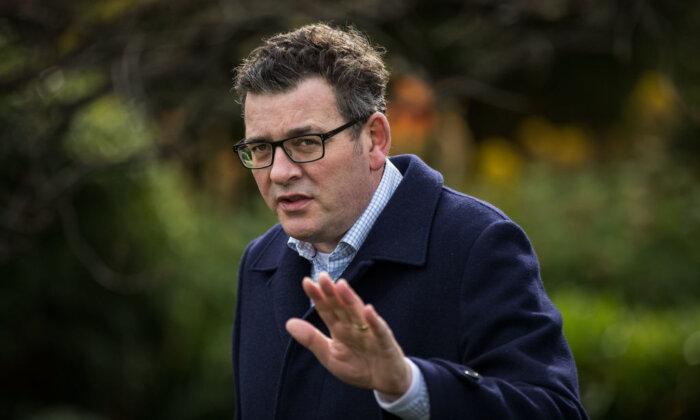Australian house prices have risen by 10 percent in a year on average across all capital cities, CoreLogic data shows.
In Australia, Perth properties have soared the most of any capital city in the last year, while Hobart and Darwin prices fell slightly. Melbourne prices also only rose modestly, compared to other major cities.
Adelaide prices have soared 10.3 percent, while Melbourne properties have moved 3.9 percent in a year, as of Jan. 31, 2024.
Median Value of Home $836,000
The median value of a home was $836,013 (US$550,000) across combined capital cities in Australia as of Jan. 31, 2024.Sydney’s median home value is $1.12 million, while a property costs $842,971 in Canberra and $796,818 in Brisbane.
In Melbourne, the median value of a home is $777,250, dropping to $721,376 in Adelaide, $676,823 in Perth, $651,807 in Hobart, and $501,520 in Darwin.
The combined median value of properties in regional areas of Australia was $605,085 as of Jan. 31, 2024.
CoreLogic research director Tim Lawless singled out Perth as a standout among capital cities due to its persistent rate of capital gains.
“Perth home values rose a further 1.6 percent in January, on par with the city’s growth trend in November and December, and only slightly lower than the recent high of 1.8 percent recorded in October,” he said.
“The western capital continues to see housing demand outweigh supply, helping to push values 16.7 percent higher over the past 12 months. Despite that, housing prices remain relatively affordable compared with most capital cities, with the median dwelling value sitting just under $677,000.”
In the past quarter, combined capital house prices have risen 1 percent, while regional home values have lifted 1 percent.
“While both the combined capitals and combined regional markets are losing momentum in the pace of value growth, the capital city trend has slowed more sharply, mostly due to the flattening of growth conditions in Melbourne and Sydney,” Mr. Lawless said.
“Across the other states, regional WA, SA, and Queensland continue to record a slower pace of growth relative to their capital city counterparts; these are also the three regional markets where dwelling values are at record highs.”
More than 115,000 Properties Sold in January Quarter
Core Logic estimates 115,241 properties were sold in the quarter ending Jan. 31, 11.9 percent higher than the same time last year and 0.5 percent more than the five-year average.“Despite ongoing cost of living pressures, high-interest rates, low consumer sentiment, and affordability constraints, homes are still selling. Housing demand has been buoyed by high migration, but also tight rental markets that have probably incentivised renters to transition towards home ownership if they can afford to do so,” Mr. Lawless said.
AMP chief economist Shane Oliver, reflecting on the data in a post to X, noting the divergence across cities.
“Lower mortgage rates will likely help from later this year.”
US House Prices Rose 5.1 Percent Over the Year
Meanwhile, in the United States, the US S&P Core Logic Case-Shiller Index released (pdf) on Jan. 30 showed house prices rose 5.1 percent in the year up to November 2023.However, for the first time, the U.S. National Index and 20-city composite showed a 0.2 percent month-on-month fall.
S&P DJI head of commodities, Brian Luke, said U.S. house prices “edged downward from their all-time high in November.”
“The streak of nine monthly gains ended in November, setting the index back to levels last seen over the summer months. Seattle and San Francisco reported the largest monthly declines, falling 1.4 and 1.3 percent, respectively,” he said in a release on Jan. 31.
Detroit was the best-performing market in the United States, with home values rising 8.2 percent. Meanwhile, San Diego values went up 8 percent and Cleveland rose 7.4 percent. Portland values fell 0.7 percent.
“Once again, Detroit reported the highest year-over-year gain among the 20 cities with an 8.2 percent increase in November, followed again by San Diego with an 8 percent increase. For the third month in a row, Portland fell 0.7 percent and remained the only city reporting lower prices in November versus a year ago,” Mr. Luke said.
Chief economist at CoreLogic, Selma Hepp, noted property prices in the United States are predicted to rise by an average of 3 percent in 2024.
“On the other hand, pent-up buyer demand will continue to outweigh available supply and drive home prices higher. CoreLogic’s November Home Price Index (HPI) forecast estimates that home prices will increase by another 3 percent on average in 2024.”







